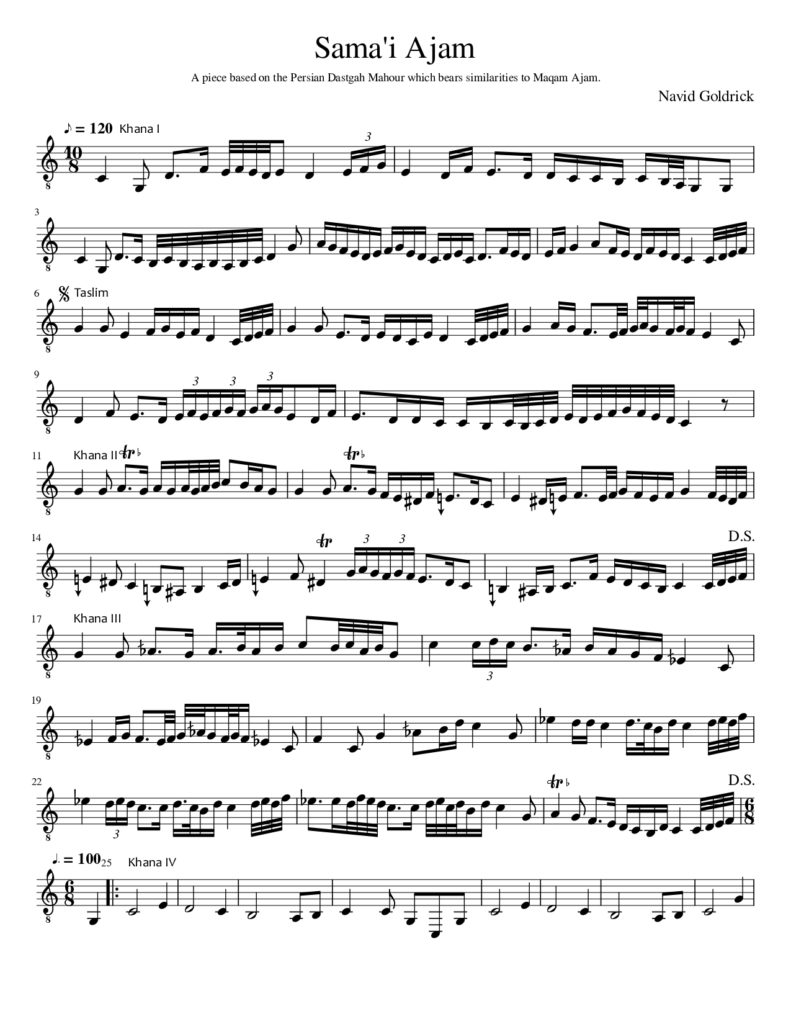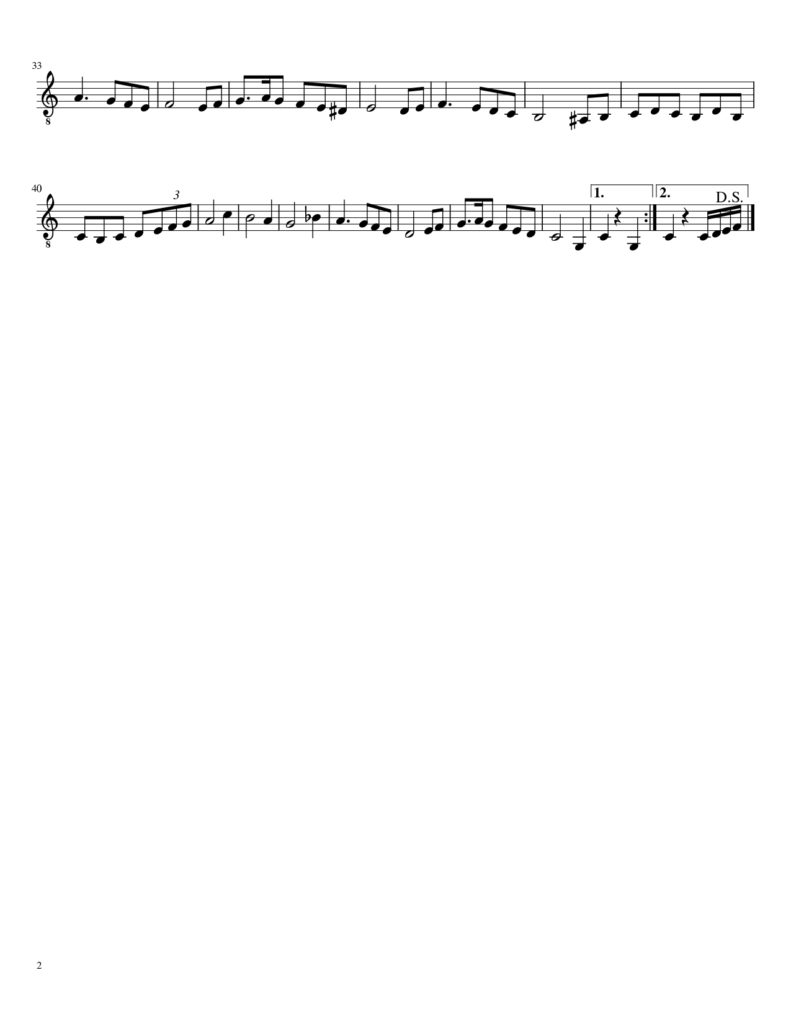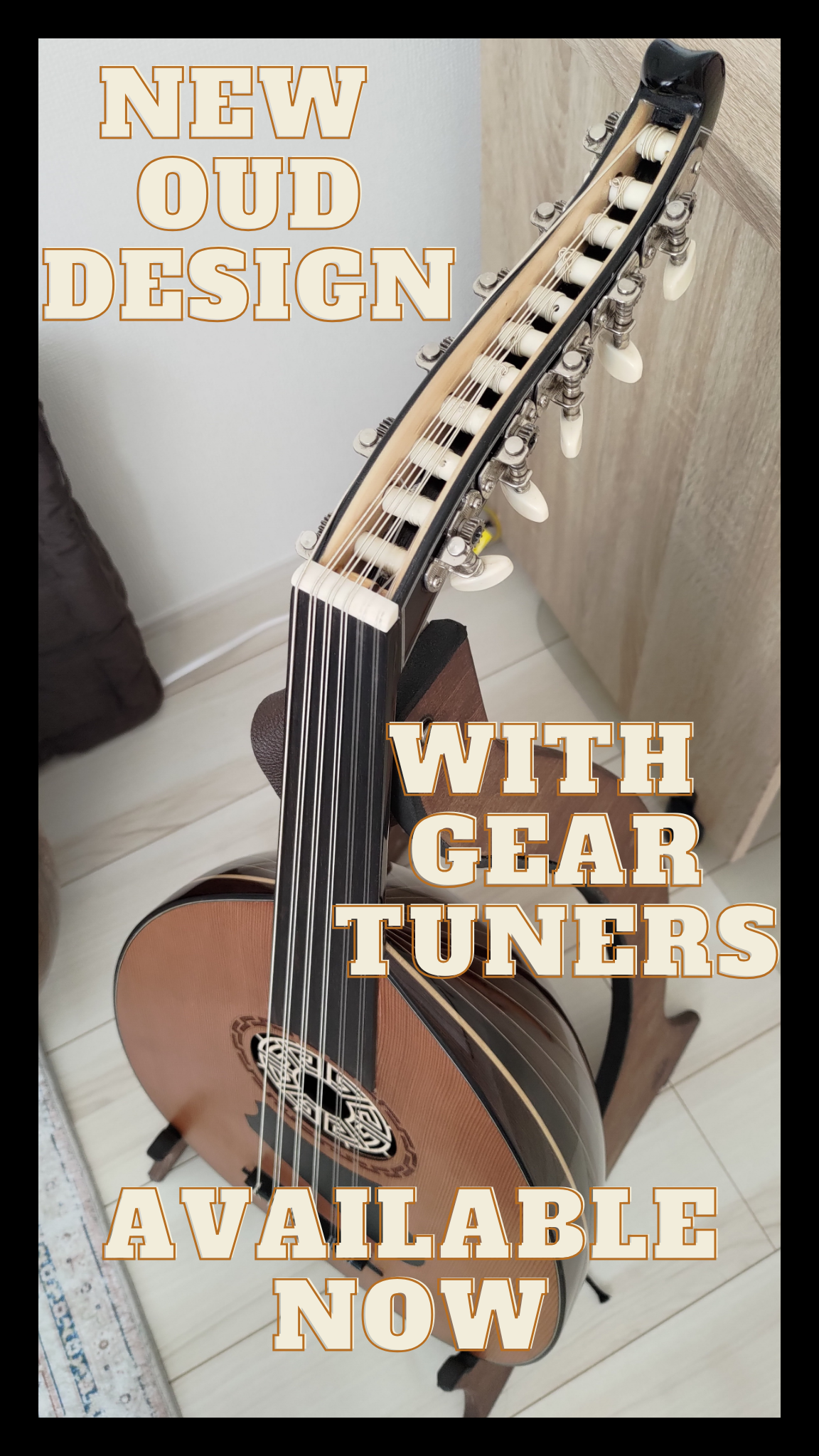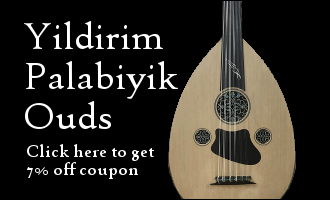As you develop as an Oud player you are going to learn more and more repertoire from old masters and composers. Little do we know it at the time but we are slowly integrating their music into ourselves.
With that, we can integrate the modulations and melodies used to inform our own taqasim practice as we advance in our playing. In other words, you’ll learn modulations that you can use in your taqasim.
There is a musical form originating from Turkish Ottoman music called the Sama’i. It consists of 5 movements or sections. These are called Khana and Taslim. Each Sama’i will have 4 Khana, and 1 Taslim. The order of these sections is:
Khana, Taslim, Khana, Taslim, Khana, Taslim, Khana, Taslim
The Taslim acts like a refrain which is repeated throughout the piece. The Taslim varies each time it’s played with different ornaments, dynamics, or instrumentation. The Khana sections each develop melody in a different maqam. So a Sama’i is like a framework for modulations.
The first Khana develops the main maqam, and the Taslim supports the main maqam, then Khana II, III, develop a melodic movement into a new maqam and a return to the original maqam. The 4th Khana usually stays in the main maqam but sometimes refers back to similar modulations in previous sections. The 4th Khana is always in a different rhythm than the main piece.
I think it’s the most well-know style among Oud players.
I have some homework for you and FREE music notation.
I wrote this Sama’i many years ago and finally got around to notating it properly. And I wanted you to have it and use it to learn it and study the modulations being used.
I’d be happy if you learn it, perform it, and study it.







